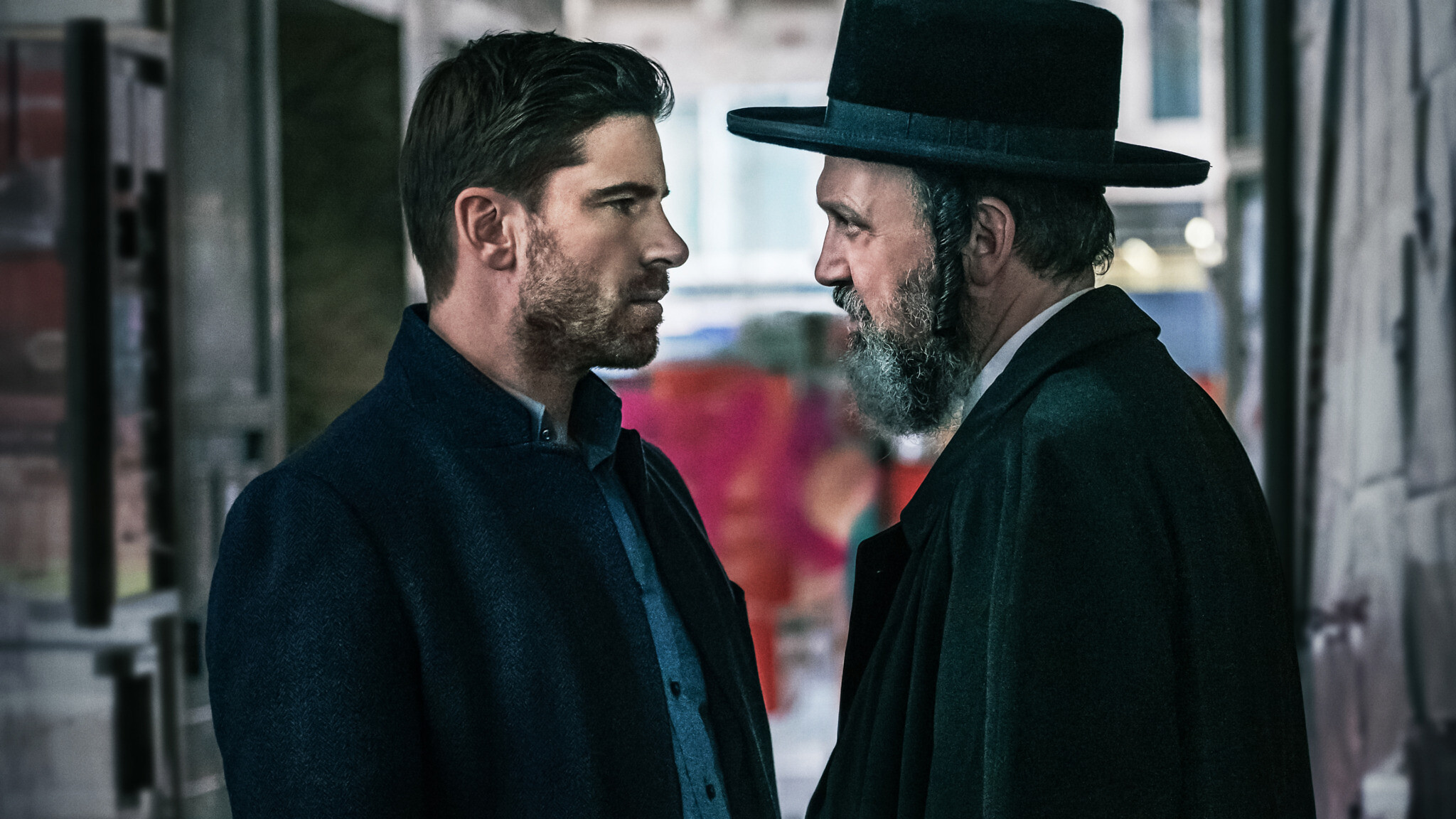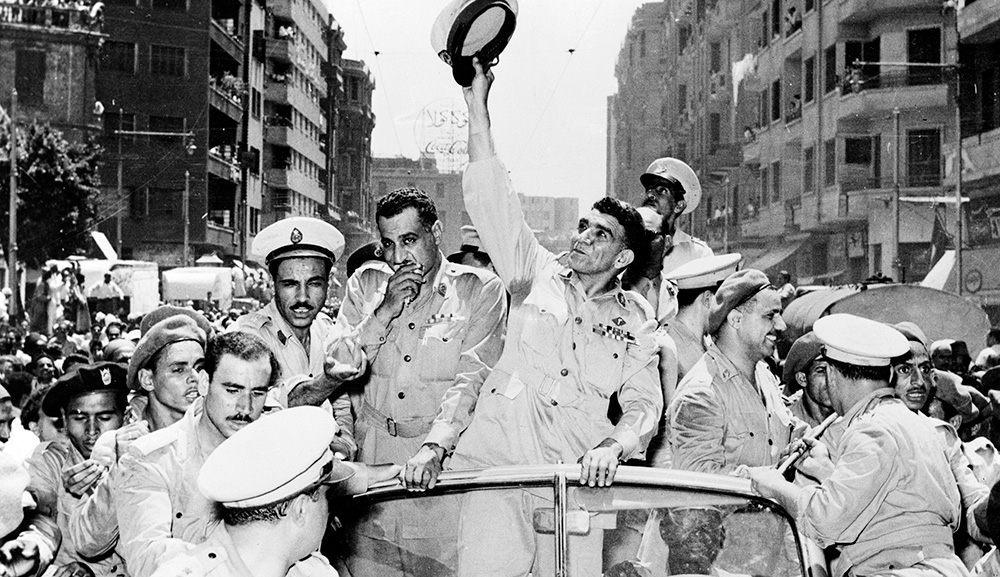Recently declassified documents from Israeli state archives reveal concern from Israel’s first cabinet, in 1948, over reports of atrocities committed by the nascent IDF, and what could be done to bring them to a stop. In the left-wing Israeli daily Haaretz, these documents have given rise to handwringing over the nakba (Arabic for “catastrophe”)—as Palestinians call the creation of the Jewish state. But, according to Uri Misgav, none of the information in these documents about alleged war crimes is verifiable. Moreover, no discussion of the period can be undertaken without examining the massacres and expulsions that are all too verifiable. For instance:
Kibbutz Kfar Etzion fell on May 13, 1948, the day before the termination of the British Mandate; 242 members of the kibbutz and [Haganah] fighters were killed in the battle. A few dozen more fighters and civilians, including women, were slaughtered by Palestinian fighters after the battle had been decided; only four managed to flee. The three other kibbutzim in the area surrendered, and their residents were spared a slaughter thanks only to the intervention of Jordan’s Arab Legion, which took them to POW camps in Jordan. Immediately afterward, the four settlements were razed to the ground.
In the total war of existence that began to rage in Palestine following the adoption of the United Nations partition resolution of November 1947, that was the certain fate of every Jewish settlement that fell to the Arabs: the killing of fighters and civilians alike, mutilation of their bodies, looting of property, and destruction of the houses and other buildings. The pattern repeated itself at Beit Ha’arava, Nitzanim, Moshav Atarot, in Jewish neighborhoods of Jerusalem that were attacked, and in other mixed cities.
It was a life-and-death war, brutal and bloody. The Jewish community lost fully 1 percent of its population (6,000 killed out of a population of 600,000), and a tenth of the remainder became refugees in their own country.
However, with time’s passage, it has become politically incorrect to talk about Jewish fighters who were killed (some of them were young, others were older and had families; there were new immigrants with no military training who hadn’t even managed to learn Hebrew, Holocaust survivors, women, and in some cases teenagers), or about civilians who were murdered or settlements that were evacuated and destroyed, and whose residents became refugees.
Today there is apparently only the nakba: it consists of the killing and expulsion of Arabs, Palestinian villages that were destroyed, and Palestinian refugees. This historiographic distortion, with its absurd and immoral lack of symmetry, is the apple of the eyes of certain circles in Israel, Arabs and Jews alike.
More about: Israeli history, Israeli War of Independence, Israeli-Palestinian Conflict


